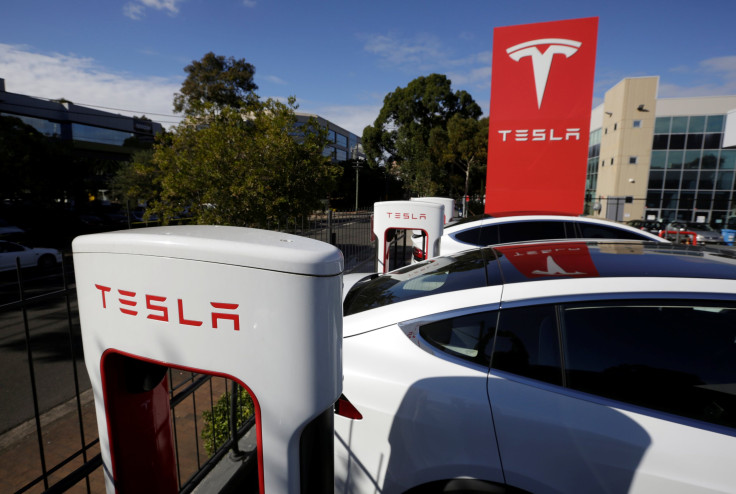What's Next For Tesla? Elon Musk Increases Line Of Credit Ahead Of Model 3

This article was originally published on the Motley Fool.
As June wraps up, Tesla (NASDAQ:TSLA) remains on track to commence production of its highly anticipated Model 3 next month. In order to support the rollout, Tesla is expanding its support infrastructure, including its charging network (comprised of both Superchargers and Destination Chargers) as well as the number of service centers. That's going to take a lot of cash.
• Motley Fool Issues Rare Triple-Buy Alert
In an SEC filing from last Friday, Tesla disclosed that it had increased its borrowing capacity by approximately $800 million. The increase is to Tesla's long-standing asset-based line (ABL) that it uses to in part provide bridge financing for in-transit vehicles. The ABL line is being extended by $625 million to $1.825 billion, with flexibility for an additional $175 million that would bring the total ABL commitment up to $2 billion.
"an S-curve of capital spend"
Following a successful secondary offering in March that comprised stock and convertible notes at minimal dilutive cost to existing shareholders, Tesla finished out the first quarter with $4 billion in cash on hand to help support the Model 3 launch.
• This Stock Could Be Like Buying Amazon in 1997
In terms of cash flow, Tesla is facing a large sequential uptick in outgoing payments related to the launch. Responding to an analyst question on the last earnings call regarding capital spending and capital efficiency, CFO Deepak Ahuja said (emphasis added):
We're always trying to be capital efficient. That is the underlying theme of every step we take. And clearly, some of that is part of it. But I think overall would be -- again, because of this massive scale of payments, whether it's last week of June or first week of July, how many hundreds of millions we end up paying, it's hard to be precise. It's almost like an S-curve of capital spend that we're going through here. So I don't think it's any indication of anything else except timing at the highest level -- beyond the capital efficiency that we are continually working on.
It's also worth recalling what Tesla primarily uses its ABL for. Since Tesla ships vehicles directly to customers, unlike its automotive peers, it has an awful lot of cash tied up in those in-transit vehicles. The ABL helps Tesla access that cash sooner than would be otherwise possible. Here's CEO Elon Musk describing the ABL in the Q1 2016 conference call:
Unlike other automotive companies, Tesla doesn't ship to dealers. We ship to customers. So we build the cars to order. The car is complete and it's going to a known customer. So really the only risk associated with that is if like the ship sinks or something, or the truck that's carrying the cars crashes. But the ABL is, the Asset Backed Line is basically finished goods in transit to known customers. It's not like general corporate debt. It's I think more appropriately thought of as a slight increase in cost of goods sold.
These are the two factors that provide context for the $800 million increase. The company is planning a substantial increase in deliveries with Model 3, which will increase the number of in-transit vehicles. At the same time, it will need to make massive payments to suppliers as it ramps up Model 3 production. That increase will surely come in handy.
• 7 of 8 People Are Clueless About This Trillion-Dollar Market
Evan Niu, CFA owns shares of Tesla. The Motley Fool owns shares of and recommends Tesla. The Motley Fool has a disclosure policy.











